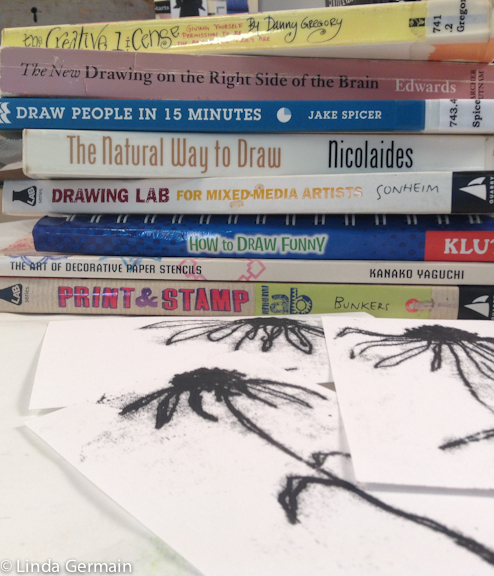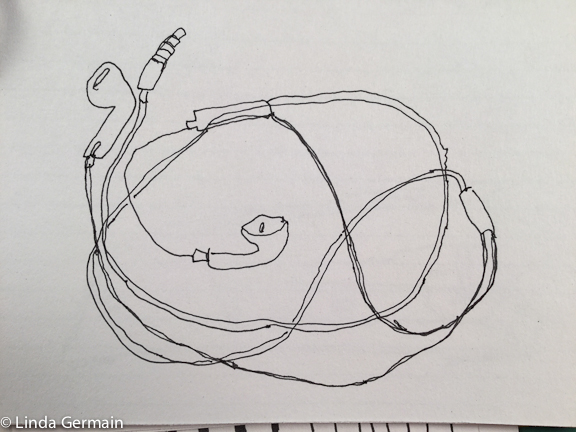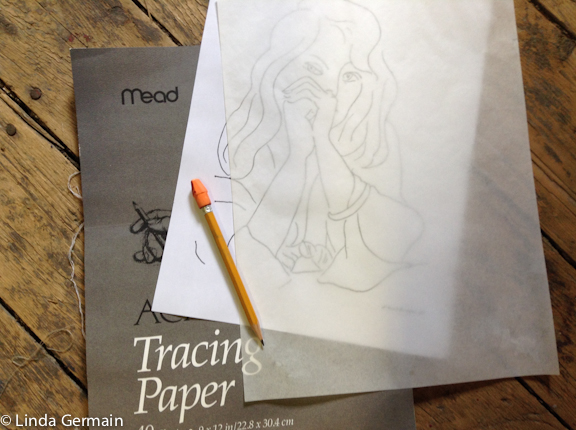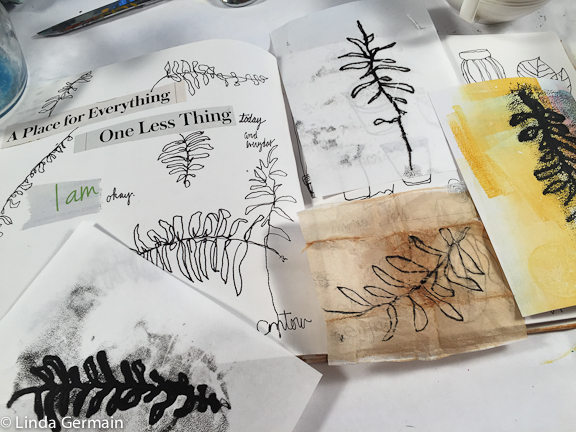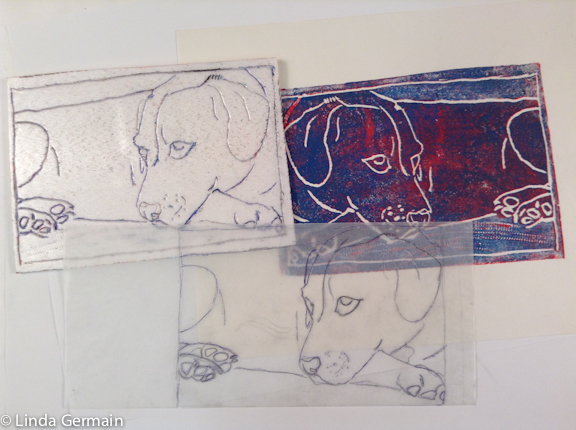Drawing is a skill that:
- can be learned
- can be practiced
- can have an expanded definition of what is possible and pleasing
I think some folks love to draw and others see it as a chore or challenge. I have a couple of tricks that I use to make it less of a chore.
#1 Expand your idea of what a good drawing is
If your skills are not where you want them to be just yet, then try to be gentle with yourself as you train your eye, hand and brain to all work together.
- Look at line drawings by Matisse, Picasso, Ellsworth Kelly or other famous master. Hopefully you will notice a raw, authentic beauty in the characteristics of their line drawing. Check out my pinterest board of Master sketches.
#2 Use tracing as a tool
With some hesitation, I suggest doing some tracing studies. Please use them as a tool and not a constant crutch. If it becomes a crutch that you use all the time, then your skills may stagnate. But if you can use it with restraint it may help you to see.
- Try the tracing study of a Matisse drawing that I suggest in this tutorial. Remember that the goal is not a perfect copy, but to train your eyes to more accurately record on paper what you see in 3 dimensions.
#3 Draw a bit each day and keep it fun
Fun, quick and easy is important. And your daily practice will pay off. Sometimes, I have done quick little line drawings in a notebook and found it months later and been pleasantly surprised by the memories the drawing evokes.
- Give yourself a reason to draw. My reason is so that I have imagery for making printing plates, templates and stencils for other printmaking processes.
If you are interested in using your drawing more and learning how to make trace monoprints, then check out the details of the online class, DRAW into Print.
